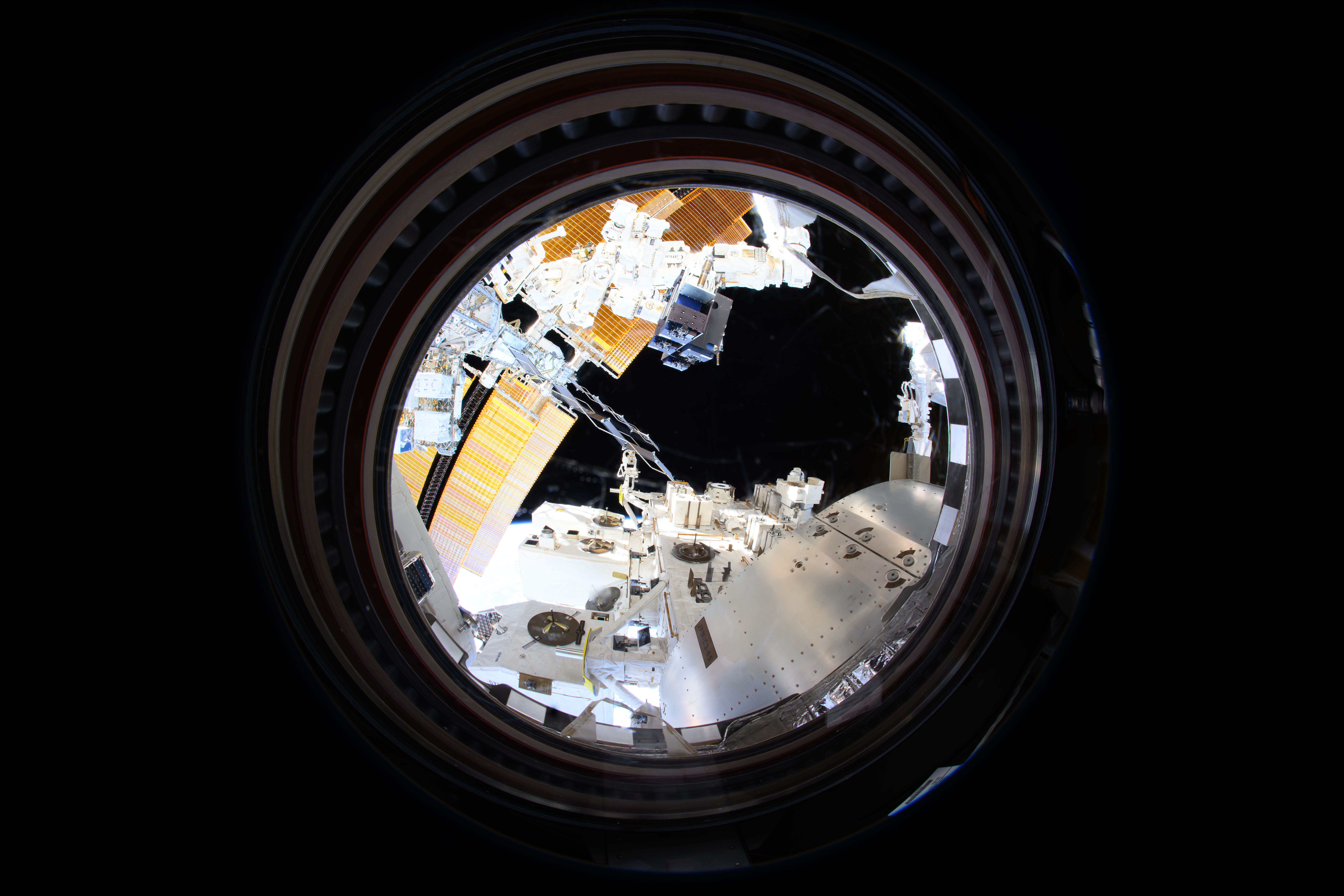Curiosity Rover’s Latest Discoveries: Plates and Polygons
The Mars Science Laboratory Mission, famously known as the Curiosity Rover mission, continues to captivate with its exploration of the Martian surface. On November 11, 2024, the rover, equipped with its Mars Hand Lens Imager (MAHLI), documented new intriguing geological features on sols 4362 and 4363—Martian days that correspond to this particular mission timeline. This discovery further enriches our understanding of Mars’ geological diversity and history, contributing significantly to our quest to comprehend the planet’s past.
As the Curiosity Rover traversed approximately 23 meters (about 75 feet) across the Martian terrain, it encountered fascinating rock formations adorned with a dark, platy material. This feature, reminiscent of previously observed formations, notably the “Buttress Tree,” was captured in exquisite detail by the rover’s imaging capabilities. Although direct examination through contact science was precluded due to safety concerns, the mission team capitalized on non-contact methods to gather valuable data.
One of the notable features in Curiosity’s workspace was a curved fracture in a rock, designated as “Pioneer Basin.” This feature became the focal point for the ChemCam’s LIBS (Laser-Induced Breakdown Spectroscopy) analysis. This technique involves firing a laser at the rock to create a plasma, which is then analyzed to determine the rock’s chemical composition. Additionally, the ChemCam’s Remote Micro-Imager (RMI) was tasked with capturing long-distance images of the Gediz Vallis channel, a site from which the rover had previously departed. These images are crucial for understanding the geological context and history of the region.
The Mastcam, another pivotal instrument on the rover, was employed to capture mosaics of rock areas exhibiting contrasting light and dark bands. These bands, initially traversed by the rover during its journey across the Gediz Vallis channel in January, have become a focal point for further exploration as the rover navigates the dark, banded materials once more. The Mastcam also documented intriguing polygonal textures on nearby rocks, collectively referred to by the science team as “Acrodectes Peak.”
As Curiosity ventures further from the Gediz Vallis channel, it delves into the sulfate unit, a region known for its rich geological features. Despite the challenges posed by the rugged Martian terrain, the mission team remains committed to uncovering the planet’s secrets. The sulfate unit is particularly intriguing because sulfates can form in the presence of water and may provide insights into Mars’ hydrological history.
The Curiosity rover’s exploration of Mars is not only a testament to human ingenuity but also a window into the planet’s past. By studying the Martian surface, scientists aim to unravel the mysteries surrounding the planet’s climate history, geology, and potential to support life.
Understanding the Tools Behind the Discoveries
The success of the Curiosity mission hinges on its advanced suite of scientific instruments. The Mars Hand Lens Imager (MAHLI) is pivotal in capturing close-up images of the Martian surface. This high-resolution camera can focus on targets as close as 2.1 centimeters (0.8 inches), providing detailed views of rock textures and structures.
ChemCam, another essential tool, employs a laser to vaporize a small portion of rock or soil, creating a plasma. By analyzing the emitted light, scientists can determine the composition of the targeted material. This non-destructive technique is invaluable for assessing the chemical makeup of Martian rocks and soils.
The Mastcam, with its dual camera system, captures high-definition images and videos in both true color and filtered color. This versatility allows scientists to study the planet’s surface features and atmospheric conditions in unprecedented detail. The Mastcam’s ability to create panoramic mosaics is particularly useful for understanding the broader geological context of the rover’s surroundings.
The Journey of Curiosity
Launched in 2011 and landing on Mars in August 2012, the Curiosity Rover has been exploring the Gale Crater—a site believed to have hosted ancient lakes and streams. This region was chosen for its potential to reveal Mars’ habitability in the past. Over the years, Curiosity has climbed Mount Sharp, a central peak within the crater, studying its layered deposits to piece together the planet’s environmental history.
The rover’s journey has been marked by significant discoveries, including the detection of complex organic molecules and methane concentration fluctuations in the Martian atmosphere. These findings have sparked discussions about the potential for past life on Mars, although no definitive evidence has been found yet.
Challenges and Triumphs on Martian Terrain
Navigating the rugged Martian landscape presents numerous challenges to the Curiosity Rover team. The terrain is unpredictable, with obstacles such as sharp rocks, steep inclines, and loose sand. These conditions necessitate careful planning and execution to ensure the rover’s safety and operational longevity.
Despite these challenges, the mission has been a resounding success. The data collected by Curiosity has transformed our understanding of Mars, providing insights into its geological processes, climate evolution, and potential habitability. Each discovery adds a new layer to our understanding, painting a more comprehensive picture of the Red Planet.
Looking Forward: The Future of Mars Exploration
Curiosity’s mission continues to inspire future exploration endeavors. The success of this mission has paved the way for subsequent missions, such as the Mars 2020 Perseverance Rover, which aims to search for signs of ancient life and collect samples for potential return to Earth.
As technology advances, the possibilities for Mars exploration expand. Future missions may include more sophisticated rovers, aerial drones, and even human explorers. These missions will build upon the foundation laid by Curiosity, pushing the boundaries of our knowledge and capabilities.
In conclusion, the Curiosity Rover’s ongoing exploration of Mars exemplifies the spirit of discovery and the pursuit of knowledge. Its findings, from intricate rock formations to complex chemical analyses, continue to intrigue scientists and the public alike. With each new discovery, we inch closer to understanding Mars’ past and its potential to host life, offering a glimpse into the broader mysteries of our solar system.
For more information and updates on the Curiosity Rover and Mars exploration, visit NASA’s official Mars Science Laboratory page [here](https://science.nasa.gov/mission/msl-curiosity/).
For more Information, Refer to this article.

































